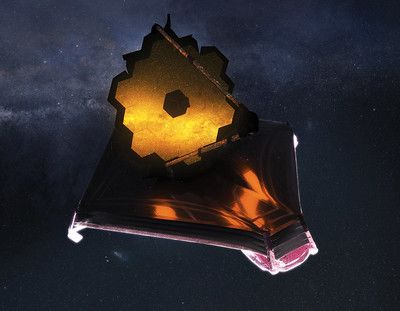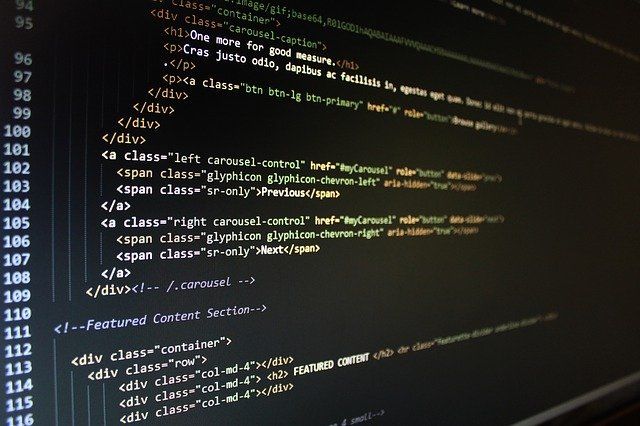So, if anyone has read some of my past recommendations, you will know that I enjoy learning about languages and the history of writing. I thought I had recommended two of these videos before, but apparently I have made the mistake of not doing so yet. The third video is a lecture from Irving Finkel, who I have become familiar with as the expert on cuneiform that is always interviewed for documentaries on ancient writing. In fact, one of my favorite documentaries features him, and I will recommend that one later this month. For now, let me stick with just three, since that accounts for about three hours of viewing if you watch them all!
I will first say, if you feel like lectures are dry, boring experiences, you have never listened to Dr. Finkel give one. He is delightful to listen to, clearly loves his work, and, like many historians I have have met, wants to make sure you understand that his time period is the best! From personal experience with reading primary documents in depth, it is easy to hear how well Dr. Finkel knows the material and the people who wrote the documents. I do not have the expertise that Dr. Finkel has with cuneiform, but I recognize the ability to begin to understand personalities from just government and official documents. There were a number of times I could almost hear the sighs of frustration by the writer of the council minutes from a meeting over 200 years ago. However, the first two videos I am going to recommend are a little less like a lecture, and will take you through the beginnings of the written word and how it developed until the time of the movable type printing press
The first 2 videos are a set of documentaries from PBS NOVA. The first one is called A to Z: The First Alphabet. The second in the series is A to Z: How Writing Changed the World. While the first one is my favorite of the two, I highly recommend both of these. They are easy to follow, and tell the wonderful story of the beginning of writing, the development of the alphabet by a group of immigrants, and the way writing transformed how civilizations worked. You can find both of these videos on the PBS Passport website, or check your public library’s streaming service for Films on Demand, which carries the videos.
The third video is a talk by Dr. Finkel from the British Museum YouTube Channel. It is entitled The Great Library at Nineveh, and Dr. Finkel talks about the tablets found in the ruins of the library, some of the documents that have been translated, and what is known (and unknown) of the library’s holdings. There is also some general history about the start of the library by King Ashurbanipal of Assyria. The real fun is hearing Dr. Finkel talk about this subject as only he can!
Featured image at top is “Zine Study XIV: [language]” by Shawn Econo is licensed with CC BY-NC-SA 2.0. To view a copy of this license, visit https://creativecommons.org/licenses/by-nc-sa/2.0/



